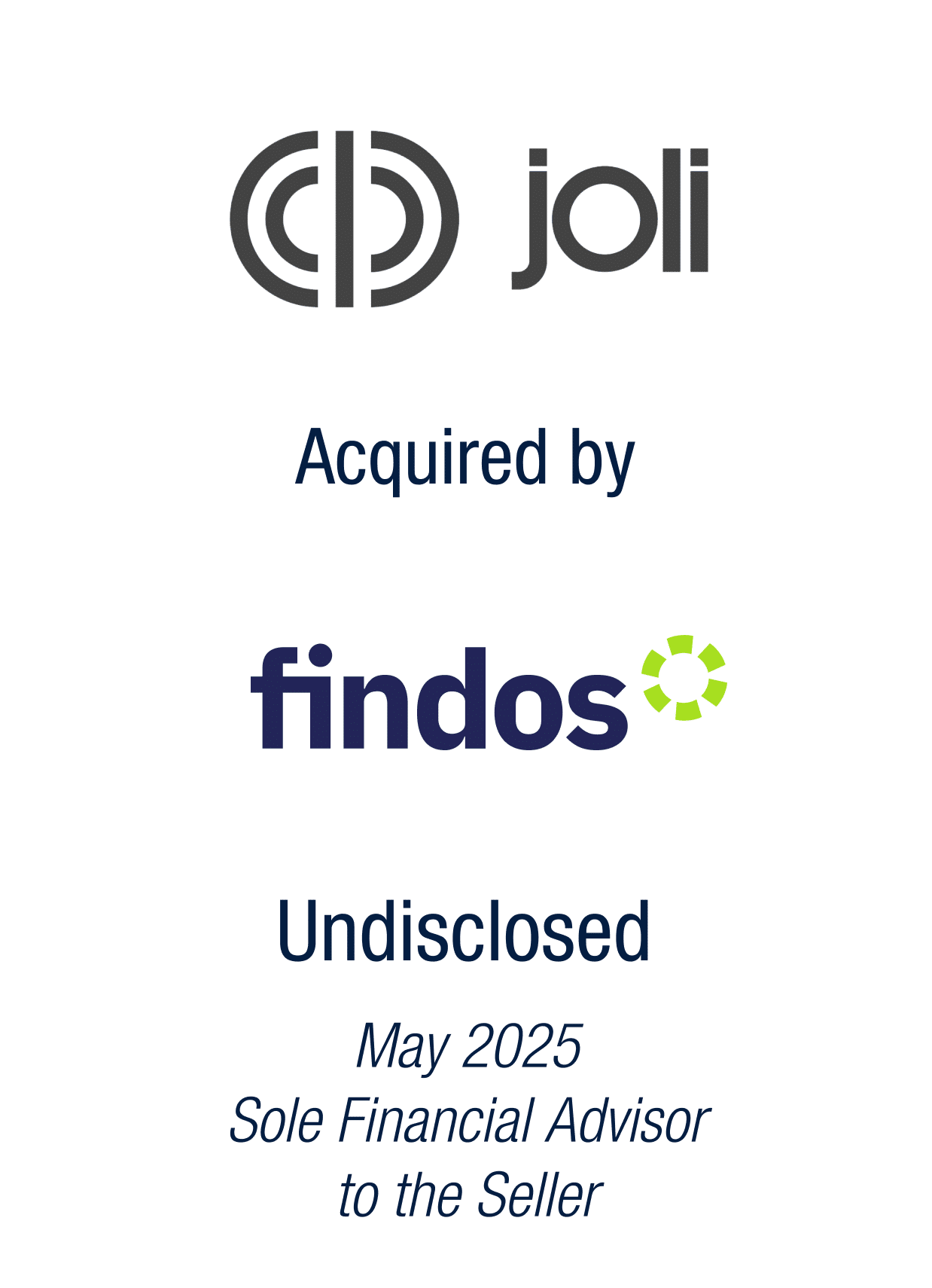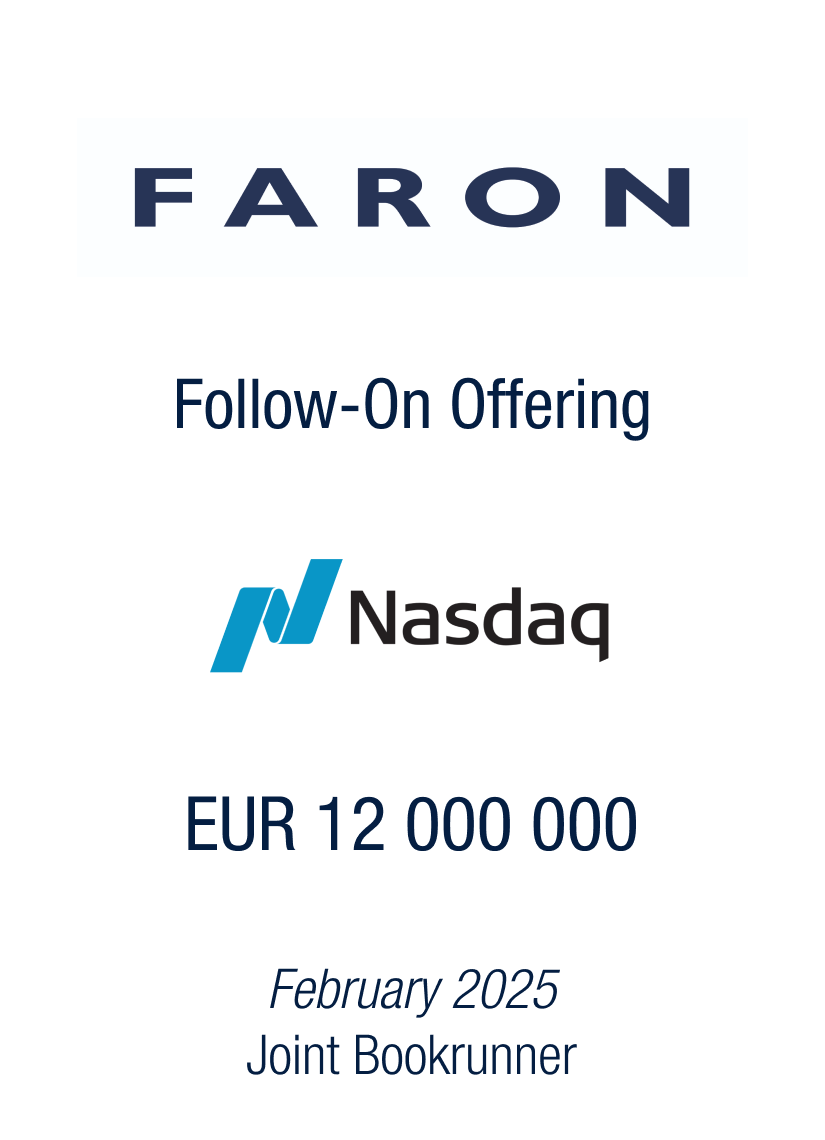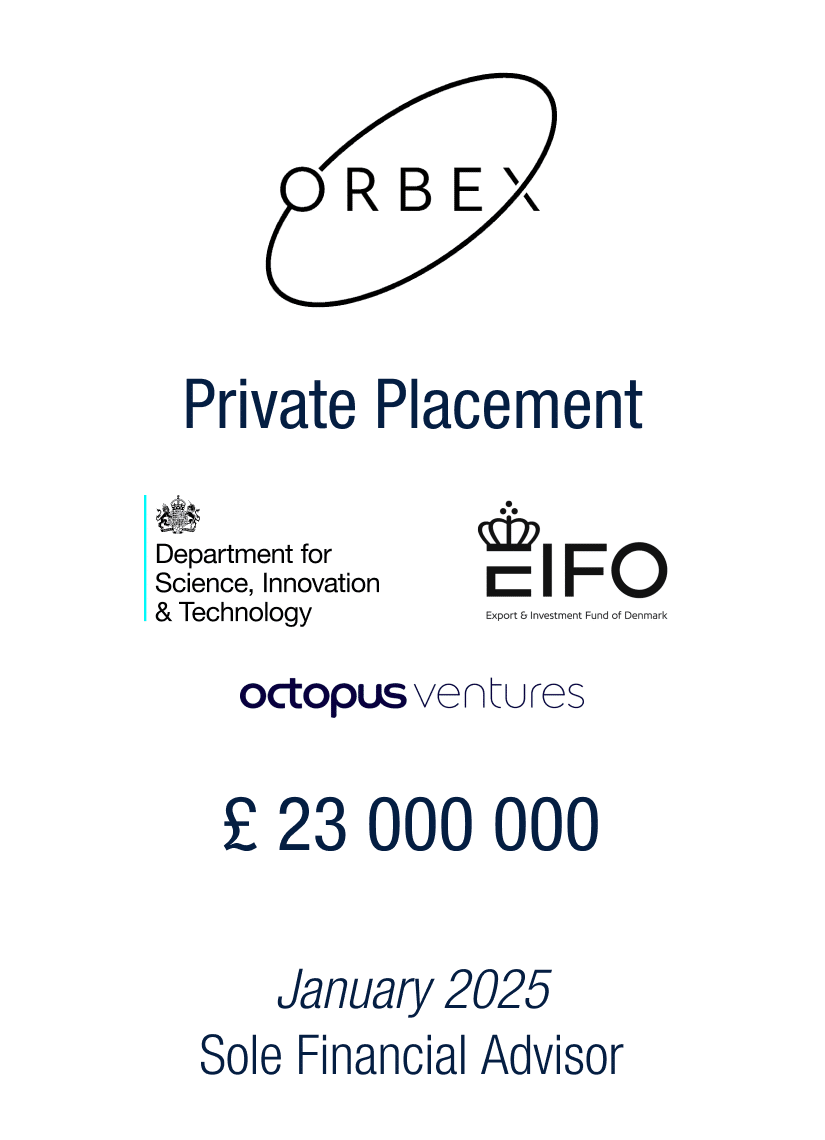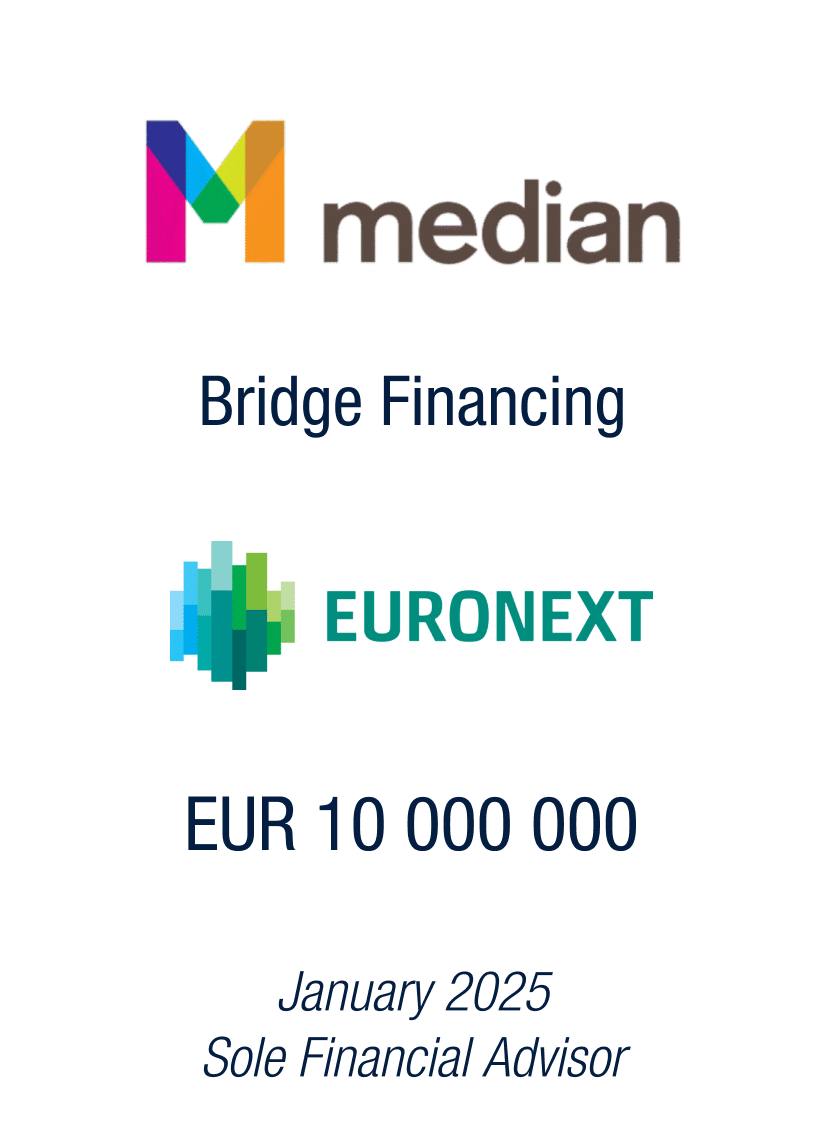We’re dedicated to advising European growth companies and their investors at every stage of their journey, leveraging our expertise and insights to guide them towards becoming global champions.
650+
Transactions
10+
Unicorns backed
€40bn
Accumulated deal value
€200bn
Value created
Our latest transactions
Full-service investment banking
As an independent full-service investment bank, Bryan Garnier partners with European growth companies for the long-term. We strive to meet our clients’ specific needs and create value through their entire business lifecycle. We provide them with access to public and private capital markets, debt solutions, as well as M&A services including trade buyers and equity sponsors.
Insights
- Industry white papers: comprehensive reports that explore the future of key industries
- Market insights: blog articles on the latest market trends featuring growth companies and their investors
- Client interviews: watch our client interviews and see exciting transformations from European innovators to global champions
Insights

BG Growth Series – Avantium

Insights

BG Insight Series – Aidon and Alder

In-depth industry expertise
As a sector-driven investment bank, Bryan Garnier’s advice is driven by extensive industry knowledge and expertise with a global perspective across high-growth, fast-moving sectors.


















